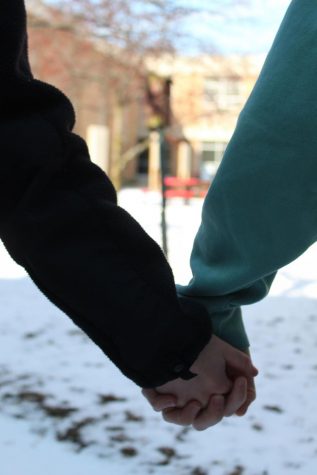Run for the Money
1. Describes the situation where an opponent or challenge causes you to work hard and to your very best.
It happened in an instant. The second they picked up the ball or the second they stepped onto the court, they fell in love with the game. Most athletes have the dream of playing their sport at the next level; whether it is a middle schooler hoping to play in high school, or a high schooler trying to compete in college. But when only the best of the best receive scholarships at $10,000 a piece, how far will the athletes run with it?
The Odds
As little as two percent of all high school athletes are given the chance of obtaining an NCAA scholarship. To put it another way, out of eight million high school athletes, only 480,000 of them will compete beyond high school.
On top of those odds, the average athletic scholarship only gives the recipient $10,400 at most. The only four scholarships that offer full ride scholarships are men’s and women’s basketball, football and women’s volleyball. These scholarships are only given to athletes by Division I and Division II schools.
Most colleges have a specific budget that they are allowed to spend on sports. So just because one school is offering an athlete $10,000, it does not mean that other schools will offer the same thing.
Varsity soccer player, junior Gabriel Tijerina is optimistic about earning a scholarship, even though the odds are against him.
“The small odds of getting a scholarship scare me for sure,” Tijerina said. “But I know if I work hard and always train to get better, then I can be successful in receiving a scholarship.”
Even though the odds of getting a scholarship are low, they only push the athletes to work harder to earn one.
The Race
Colleges do not hand out $10,400 scholarships to just anyone. Many athletes practice their entire lives and never get to compete at the college level. For senior Jillian Foote, the process was almost too much. Foote recently committed to University of Wisconsin—Green Bay on a scholarship to play Division I softball.
“I was really set on committing to Green Bay, but then the coach left for another school,” Foote said. “I was really upset and thought about giving it all up and quitting.”
The recruiting process is often overlooked by athletes who are looking to get an athletic scholarship. It all starts by making a list of potential schools to look into and finding information on the program and the coaches.
Foote mentions that not only did she have to go to the college and talk to the coaches, but she also had to put in extra work inside and outside of softball to even earn that privilege.
“I started off emailing like 50 schools once or twice a week,” Foote said. “That number got narrowed down a lot after I visited a few colleges and they got to see me.”
Aside from just emailing the coaches of these schools, athletes often attend camps or showcase tournaments that college coaches take part in. Oftentimes, an athlete can try out for a team that plays in these types of tournaments to help them gain exposure for college.
Varsity soccer coach Marni Polakow encourages her athletes to get out there and get noticed as much as they can.
“[Athletes] need to put themselves out there,” Polakow said. “Especially coming from such a small community, coaches are not going to find them on their own.”
The more time an athlete spends talking to scholarships and putting themselves out there, the better chance they have at getting noticed by college coaches.
The Finish Line
The passion an athlete has for the game is something that not everyone gets to experience, and many never experience playing a sport at a college level. Even some athletes that do have the potential to make it end up quitting because of the overwhelming obstacles that come with pursuing a scholarship.
“I kept playing because of the passion I have for the game,” Foote said. “I really admire how aggressive you have to be and all of the competition. You get to see the best of the best and it’s really fun when that happens.”
Although earning a scholarship is a tiring process on the athlete, it is a huge accomplishment and comes with many benefits. Without her scholarship, Foote would be paying $15,331 per year to attend University of Wisconsin—Green Bay. Scholarships from sports not only provide athletes with a chance to compete at a higher level, but also a chance to further their education.
“The whole process has been super stressful for a few years and I’m glad to say that I finally have a home,” Foote said. “I’m super excited for what the future holds.”
Foote said the most important thing she did was to keep trying and putting herself out there, even when her plans did not always work out the way she may have wanted.
Foote’s advice is to “never give up, because I was about to and because I didn’t I was able to get this opportunity.”

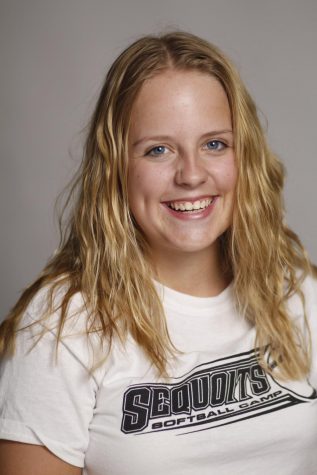
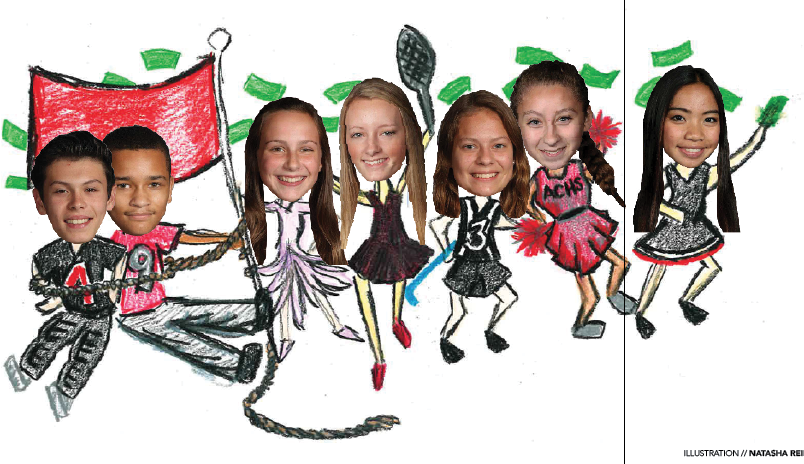
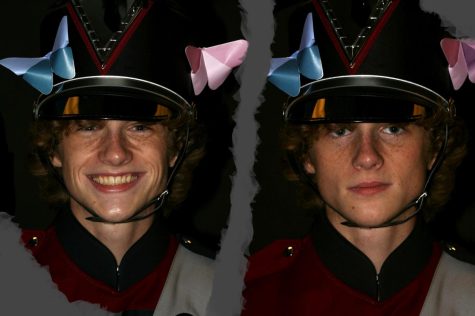


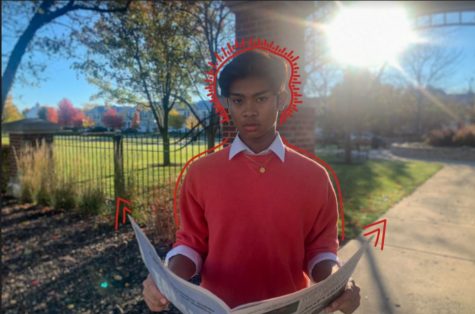

![The Black Lives Matter movement has become a growing trend in recent years. Everything people post on Instagram and everything [related to] politics is a trend now sophomore Kelsey Aviles said. Despite how serious of a topic it is, some individuals post about BLM specifically because it is trendy.](https://www.sequoitmedia.com/wp-content/uploads/2020/12/Untitled-Artwork-3-475x168.jpg)


